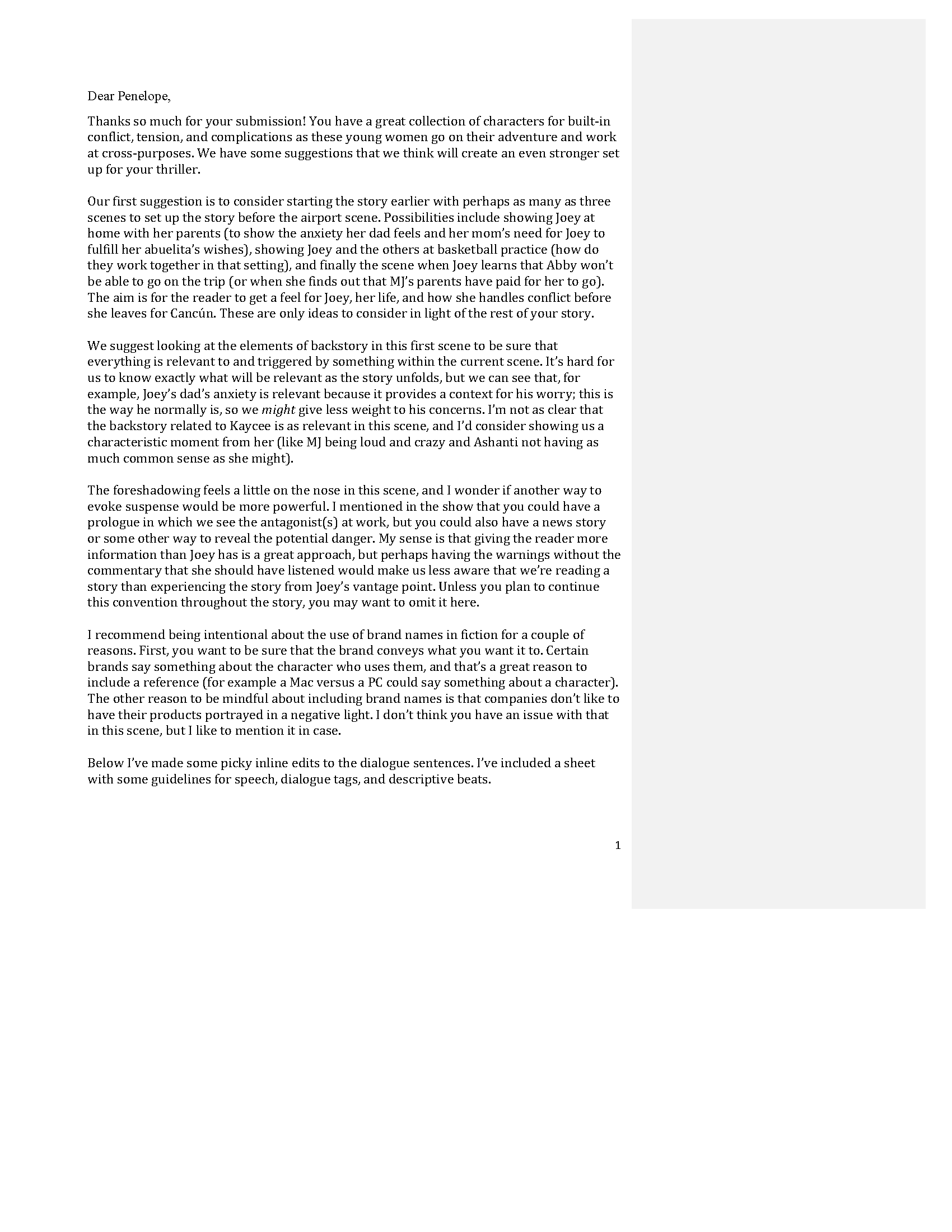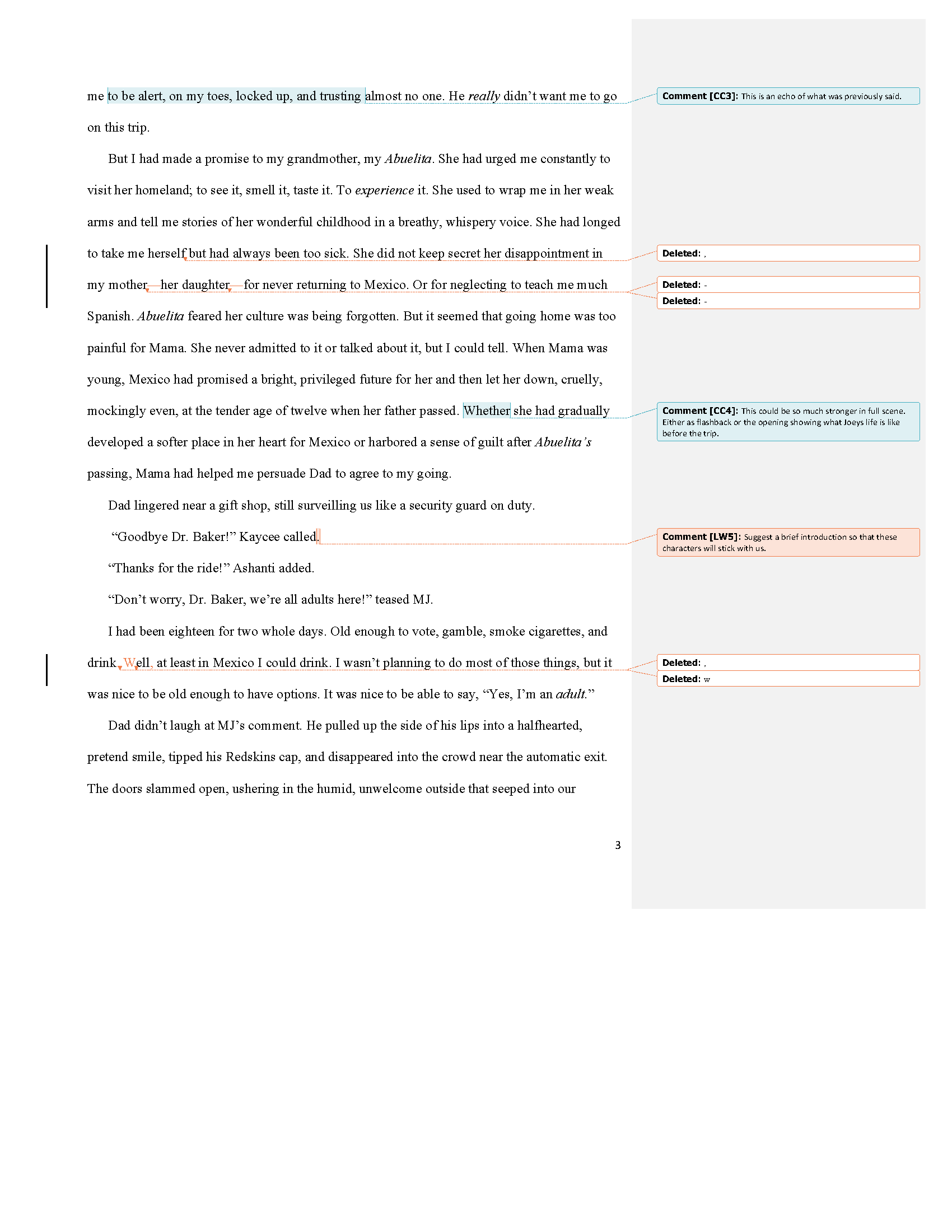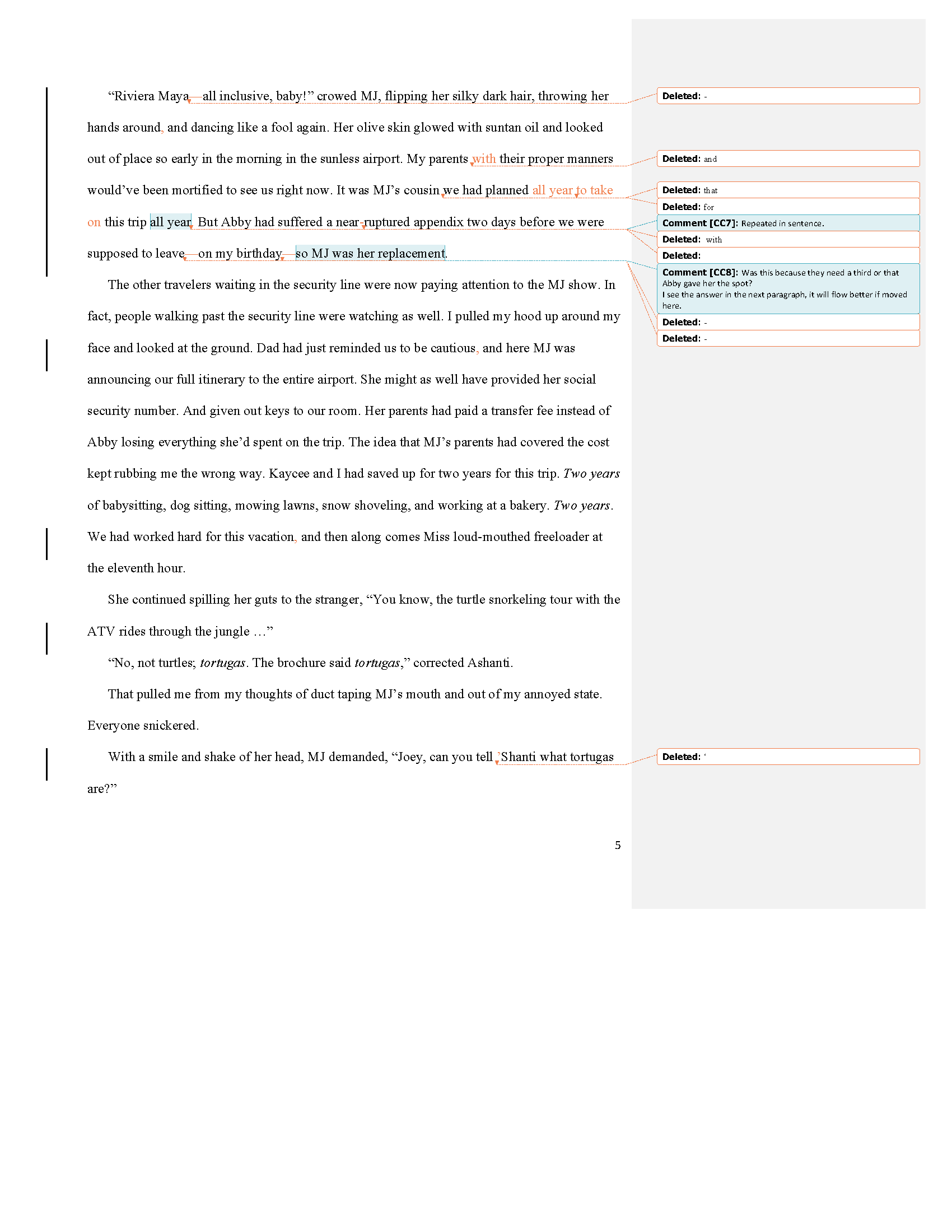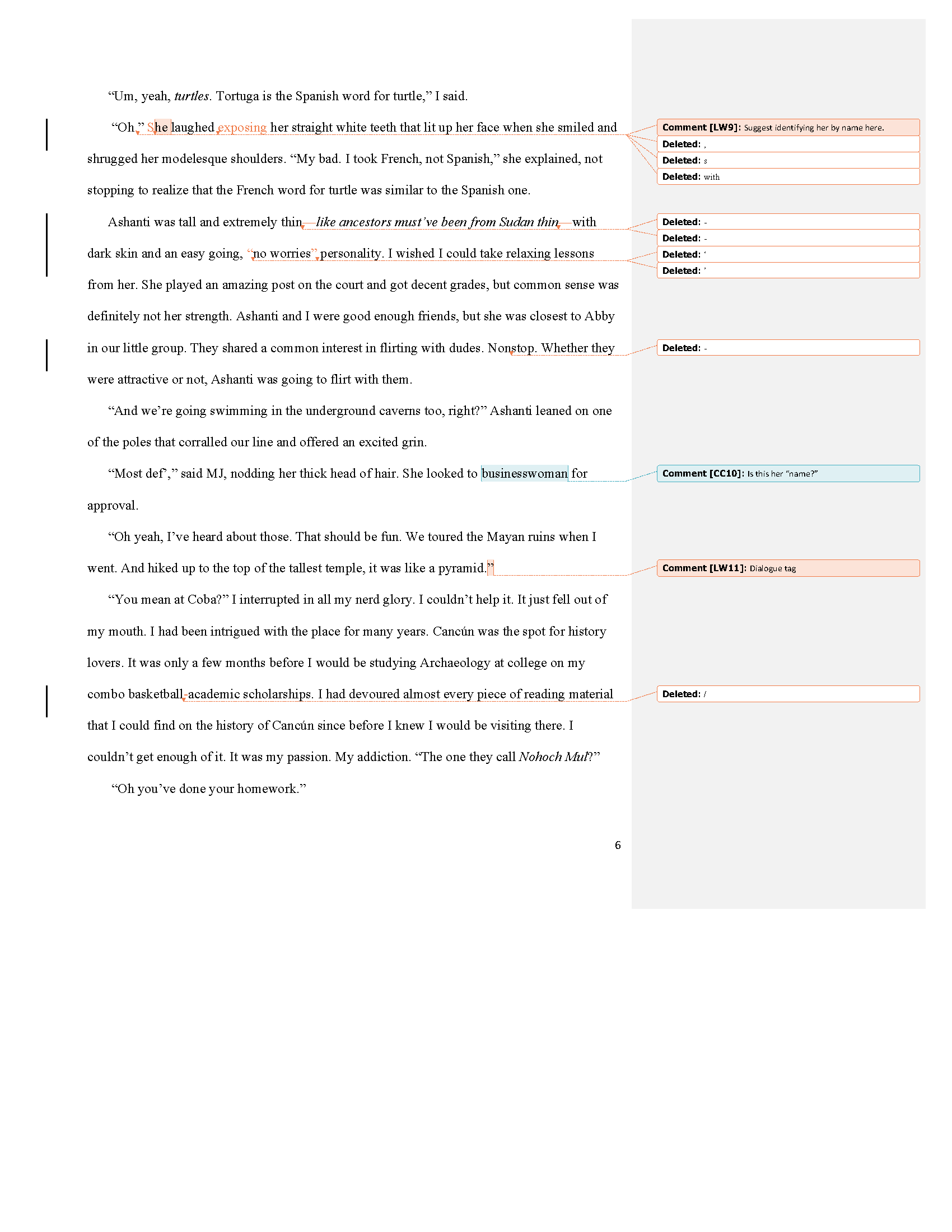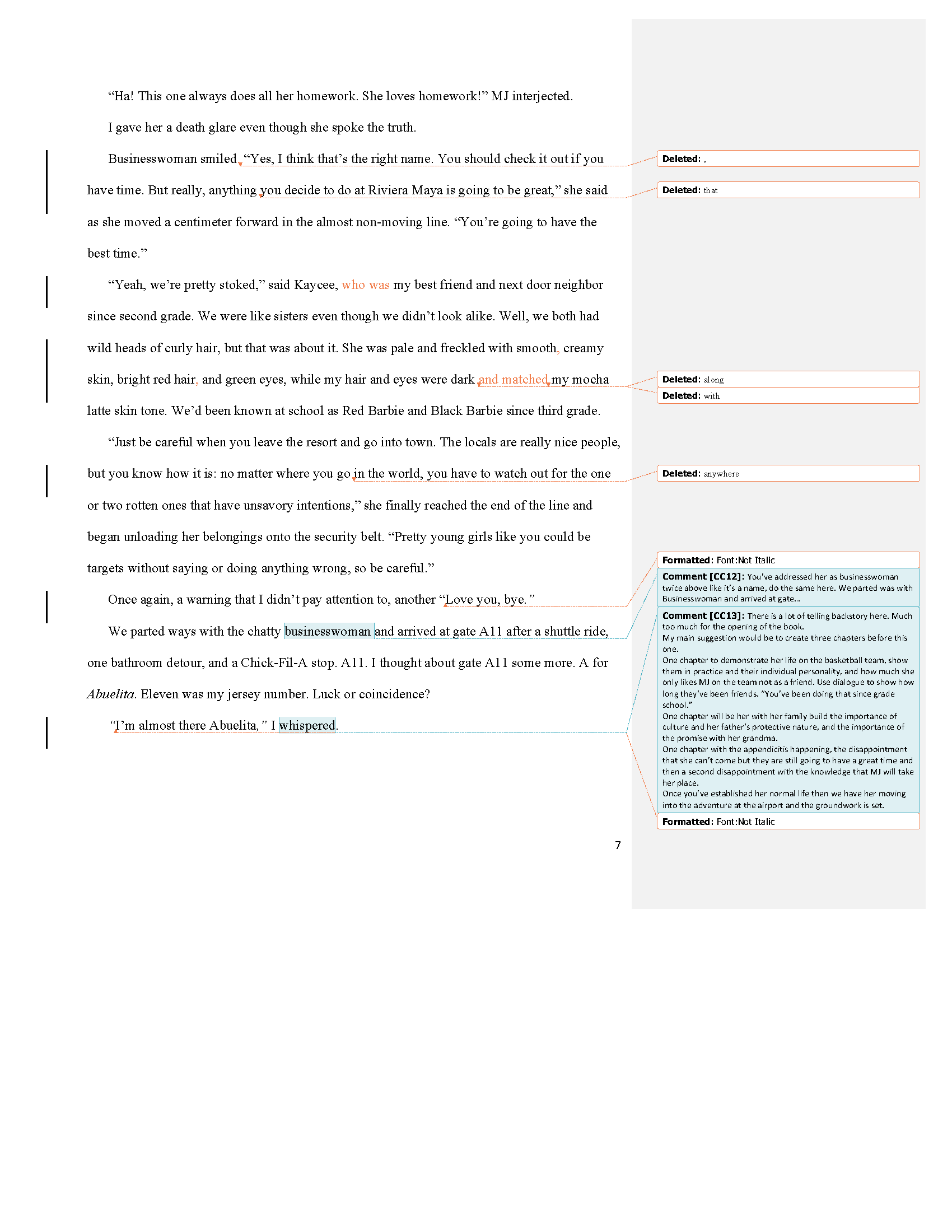Description
In this episode, Leslie and Clark critique the first chapter of The Snakes of Playa del Carmen, a young adult thriller novel by Penelope Aaron. They discuss backstory, including its purposes and methods of delivery, foreshadowing, dialogue sentences, where to begin your story, and Leslie’s birthday giveaway.
Listen Now
Show Notes
To enter the book giveaway for Leslie's birthday, send a screenshot of your honest review from iTunes or Stitcher before January 25, 2017, to writershippodcast@gmail.com for a chance to win two of my favorite books on the craft if writing (The Story Grid by Shawn Coyne and Story Genius by Lisa Cron) and two of Clark's favorite books (Making Shapely Fiction by Jerome Stern and Writing the Breakout Novel by Donald Maass).
Download the punctuation dialogue sheet here.
“Backstory is the accumulation, the totality, of the earlier events and histories of those people and things and places that make up your story world.
***
Backstory is part of the setup for plot and characters; it is not a substitute for unfolding events.
”
“If we can eliminate an event from a character’s backstory and it doesn’t change this story at all, it’s irrelevant, no matter how interesting it is.”
Editorial Mission—Backstory
When you write your first draft, include every detail you can think of that might be relevant. You are trying to get the story down, and you don’t want to hamstring yourself or overlook or discard something that might be vital (or lead to something vital) by bringing the editor in too soon.
But once you’ve completed the draft and you enter the revision zone, then make every detail earn its place and don’t give anything away for free. Consider the purpose for each detail.
Purpose
- Reveal motivation
- Change the pace and tension of the story
- Plant seeds for later scenes
- Provide context and meaning for what’s happening
- Reveal how reliable the character is
- Sleight of hand
As you look at the purpose for including backstory, think about what in the present moment of the story causes the revelation of the information. For example, your protagonist might hear her friend say she hates cheese, but she remembers a time when the friend ordered and devoured a cheese plate at the local tea shop. Cheese references aside, above all, don’t include a detail only because it’s fascinating. As Jami Gold said in the quote above, if you could cut this fact from the character’s backstory or the history of your world without effect, then it isn’t necessary.
Consider how you’re revealing the detail. Vary the method of revealing to avoid too much exposition, control the pace and tension, and uncover the way you can best uncover the detail for the reader.
Method
- Indirect & direct
- Exposition
- Dialogue
- Thoughts and reflection
- Flashback
- Prologue
Length
- A sentence or two
- A paragraph or two
- A full scene
Do you want editorial missions sent directly to your inbox?
Sign up below to join the podcast club and you'll never miss an episode—or an editorial mission—from the Writership Podcast!


